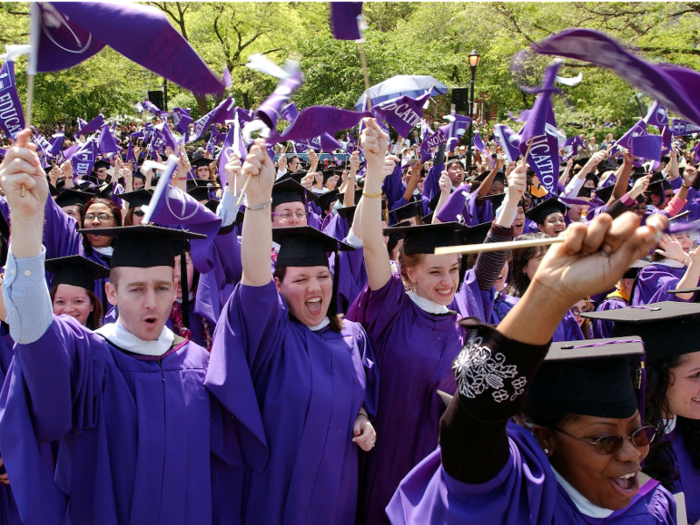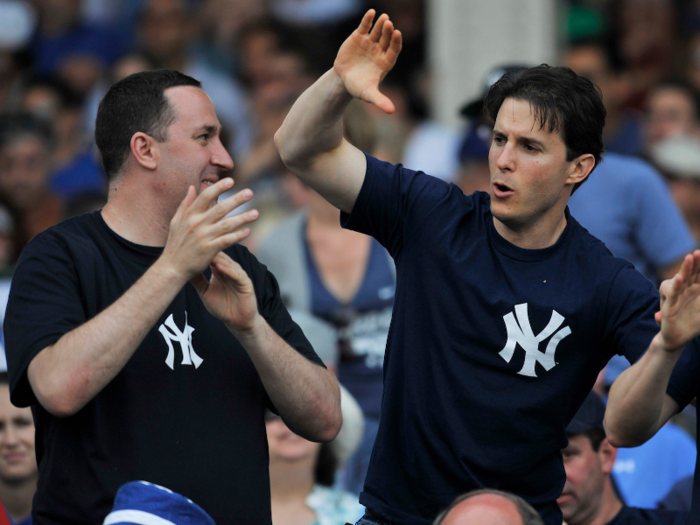- Home
- slideshows
- miscellaneous
- 7 ways life is more expensive today for American millennials than previous generations
7 ways life is more expensive today for American millennials than previous generations
Millennials are saving more money for a longer time to become homeowners.

Millennials face soaring rents.

But saving up for a home can be hard to do when millennials are shelling out money for climbing rents in the meantime.
Rent increased 46% from the 1960s to 2000 when adjusted for inflation. In 1960, the median gross rent was $71 — that's $588 in today's dollars. In 2000, that number rose to $602, or $866 in today's dollars.
The current median rent in the US, according to Zillow, is $1,600.
Millennials have to pay more for a four-year college degree — and are left with higher student loan debt.

Millennials have to pay to get paid down the road. Unfortunately, college tuition was more affordable for older generations, reveals Student Loan Hero.
Between the late 1980s and the 2017-2018 school year, the cost of an undergraduate degree rose 213% at public schools — and that's adjusting for inflation.
Back then, average annual tuition for public college cost just $1,490, or $3,190 in today's dollars, compared to today's price tag of $9,970.
Private college tuitions fared a little better, with a cost increase in the same time period of 129% when adjusted for inflation. In the late 1980s, it cost $7,050, or $15,160 in today's dollars, for a private undergraduate degree. Today, the average cost is $34,740.
Millennials spend more money on entertainment.

If millennials want to experience some of America's favorite pastimes, it comes at a cost.
In 1976, it cost just $5.50 for a top box seat to watch the Yankees play. That's only $24.27 in today's dollars. The same seat at a Yankee game in 2016 set fans back $245.
In 1970, the average price of a ticket to the Super Bowl was $91.52, adjusted for inflation. As of 2014, it was $1,250.
Concert tickets are also becoming a luxury form of entertainment. In 1969, a ticket to a Rolling Stones concert cost about $8. In 2003, it cost up to $350. Ten years later the average price was $624.
However, not all is lost on the entertainment front. While movie tickets seem overpriced these days, they're actually not. In 1976, the price of a ticket was $2.13, or $9.40 in today's dollars. As of 2016, the average price was just $8.65.
Millennial parents pay more for child care than their parents did.

Kids have always been expensive, but it costs more than ever to raise a child in the US.
Adjusting for inflation, the average weekly child care costs increased from $84 in 1985 to $143 in 2011, according to the U.S. Census Bureau.
The cost of child care and nursery school increased on average by 2.9% annually between the end of the recession in 2008 and 2016, surpassing the inflation rate of 1.6% during that seven-year period, reports the Wall Street Journal.
On top of that, Jonnelle Marte of The Washington Post reported that childcare and pre-college education makes up 18% of the total cost of raising a kid, compared to 2% in 1960.
Millennials have to shell out more money for a set of wheels.

While some cars have remained in the same price range compared to 30 years ago, many have not.
A Porsche 911 in 1965 was $6,370, or $46,795 adjusted for inflation. In 2012, it cost $82,100.
Even some mass market cars have gone up in price. In 1950, a Volkswagen Beetle was $1,280, or $12,290 adjusted for inflation. As of 2012, the price was $19,795.
Just from November 2006 to November 2016, prices for new cars increased by 5%, according to the Bureau of Labor Statistics.
The upside is that these higher prices often come with higher quality and more extras than cars in the past.
The downside is that they also come with higher associated expenses. Costs for motor vehicle insurance have increased by 50% and costs for motor vehicle maintenance and repair have increased by 27% in the same decade.
Millennials are looking at pricier health insurance premiums.

Millennials are lucky they can stay on their parents' insurance until they're 26. But when they hit that age, they're faced with higher health insurance costs than their parents were at the same age — even if their employer is footing the bill.
The average worker shells out $5,714 for a family health-insurance plan, 30% of the total $18,764 cost. Just five years ago, they were paying $4,316 of the $15,745 cost, or 27%, reports Bloomberg.
To put that into even more perspective, the average annual health insurance cost per person in 1960 was $146, reports CNBC. In 2016, it hit $10,345 — nine times higher now, when adjusted for inflation. Costs are expected to increase to $14,944 in 2023.
And because of the uncertainty surrounding the future of the Affordable Care Act, some health care premiums are set to increase by as much as 50% this year.
Popular Right Now
Popular Keywords
Advertisement